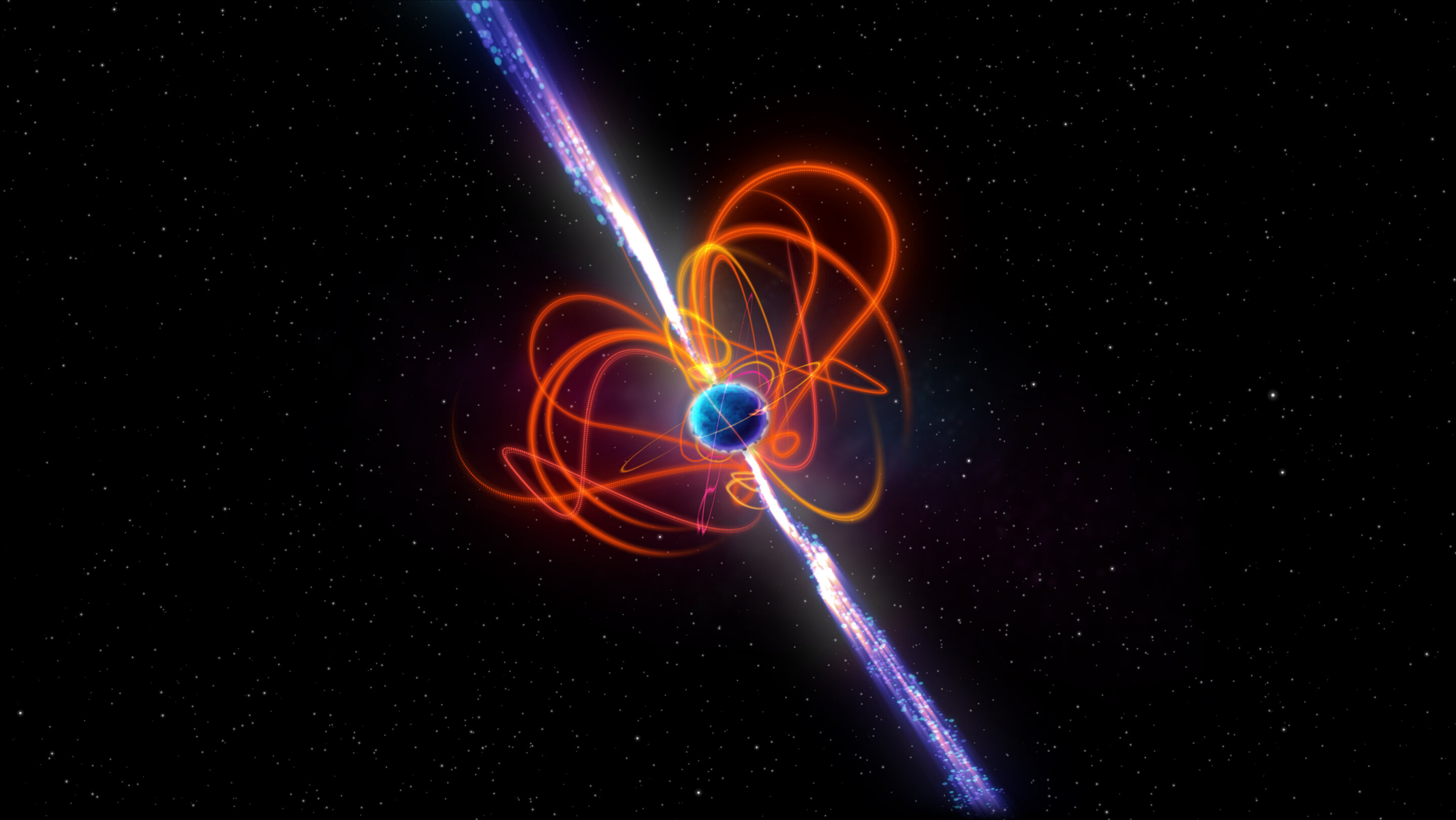An international team led by astronomers from the Curtin University node of the International Center for Radio Astronomy Research (ICRAR) has discovered a new type of stellar object that challenges our understanding of the physics of neutron stars.
The object could be an ultra-long period magnetar, a rare type of star with extremely strong magnetic fields that can produce powerful bursts of energy.
Until recently, all known magnetars released energy at intervals ranging from a few seconds to a few minutes. The newly discovered object emits radio waves every 22 minutes, making it the longest period magnetar ever detected. The research was published in the journal Nature.
Astronomers discovered the object using the Murchison Widefield Array (MWA), a radio telescope on Wajarri Yamaji Country in outback Western Australia. Lead author Dr. Natasha Hurley-Walker said the magnetar, named GPM J1839−10, is 15,000 light-years away from Earth in the Scutum constellation.
“This remarkable object challenges our understanding of neutron stars and magnetars, which are some of the most exotic and extreme objects in the universe,” she said.
An animation describing the discovery, the behavior of the object, and what it might look like. Credit: ICRAR.
2023-07-20 01:24:03
Source from




















